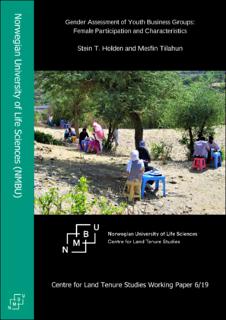High-yielding Climate-resilient beans improve food security and kick-start business in Zimbabwe
Agriculture used to be at the center of
Zimbabwe’s economy, accounting for about
20% of GDP. But it has since declined to
about 10%, since the introduction of the
land reform bill. The government has been
intensifying efforts to prioritize the sector
until 2020. The mostly rural population
depend on agriculture, which provides
60-70% of the population with income.
Yet smallholder farmers face significant
challenges. Low and erratic rainfall,
drought, low and declining soil fertility




